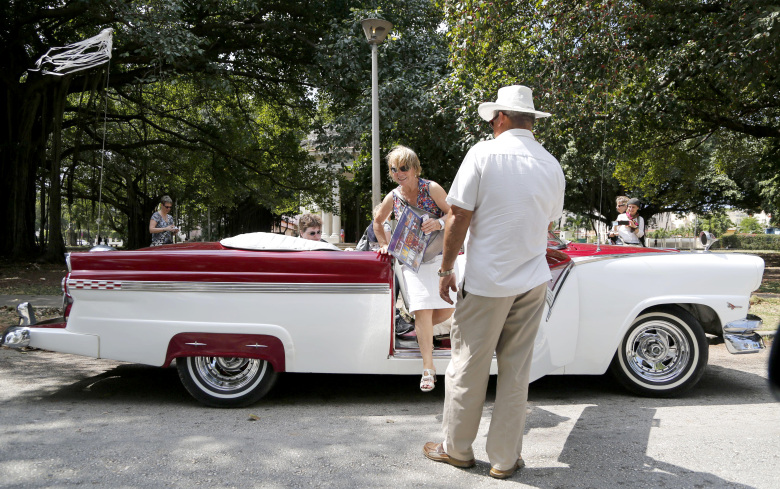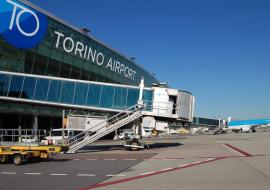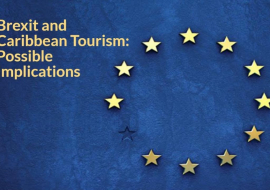Getting to Cuba before the Floodgates Open

Bookings to Cuba jumped 57 percent for one American tour operator in the weeks after the U.S. said it would renew ties with Cuba. In February, they were up 187 percent; and so far this month, nearly 250 percent.
The boom is just one sign that the rush is on to see Cuba now — before, as many predict, McDonald’s claims a spot in Old Havana and Starbucks moves in on Cubita, the island’s premium coffee brand.
The sense that detente will unleash an invasion of Yankee tourists and change the unique character of one of the world’s last remaining bastions of communism is shared by many travelers flocking here.
“Cuba has a very authentic atmosphere which you see nowhere else in the world,” Gay Ben Aharon of Israel said while walking through Havana’s Revolution Square. “I wanted to see it before the American world … but also the modern Western world comes here.”
Outsiders may romanticize the “time-capsule” nation, but many on the island are ready for change.
Where foreigners see charming, historic architecture, bright 1950s-era American cars and vast stretches of white-sand beaches, locals see decaying buildings in need of repair, new vehicles priced beyond their reach and a lack of economic opportunity.
For many Cubans living in dilapidated, multigenerational tenements, change could be good. It may expand access to the Internet and the outside world, creating engagement that could bring brighter economic days and, practically speaking, make it easier to fix a leaky roof.
“We’re very excited,” said Yadiel Carmenate, a 26-year-old English major at the University of Matanzas who moonlights as a tour guide.
It’s unlikely Cuba will see major changes overnight. Talks to take the first steps toward normalized relations are just beginning and there is stiff opposition in the U.S. Congress to lifting the 53-year-old embargo that bars most trade with and travel to the island.
Still, the December announcement appears to have sparked an influx of tourism.
InsightCuba, a New York-based tour operator, adding excursions as its monthly bookings explode compared with early 2014.
“It’s a huge surge,” company president Tom Popper said. “Word’s gotten out and people are communicating that they want to go before Cuba changes.”
Already this year, more foreigners are roaming the cobblestoned streets of Old Havana. Cuba saw a 16 percent increase in visitors in January compared with a year earlier, a total of about 371,000.
Tourism is one of the main engines that has kept Cuba’s economy sputtering along. Last year, the country welcomed 3 million visitors, a record.
About 600,000 U.S. travelers are estimated to visit Cuba each year, most of them Cuban Americans visiting family but also tens of thousands coming on approved cultural, religious and educational exchanges. An untold number of others have, for years, skirted travel restrictions by journeying through third countries such as the Bahamas or Mexico.
Cuban officials estimate that 1.5 million Americans would travel here annually if all restrictions were removed, supplanting Canada as the No. 1 source of tourism and potentially adding some $2 billion a year to state coffers.
However, the island is hardly ready for a Yankee invasion. Already it strains to accommodate travelers during the December-April high season.
Tourists trying to dine at high-end private restaurants are often struggling to find an empty table these days, and it’s practically impossible to get a room at Havana’s best hotels. Some travel agents report being turned away when trying to book group reservations.
Source: Associated Press













